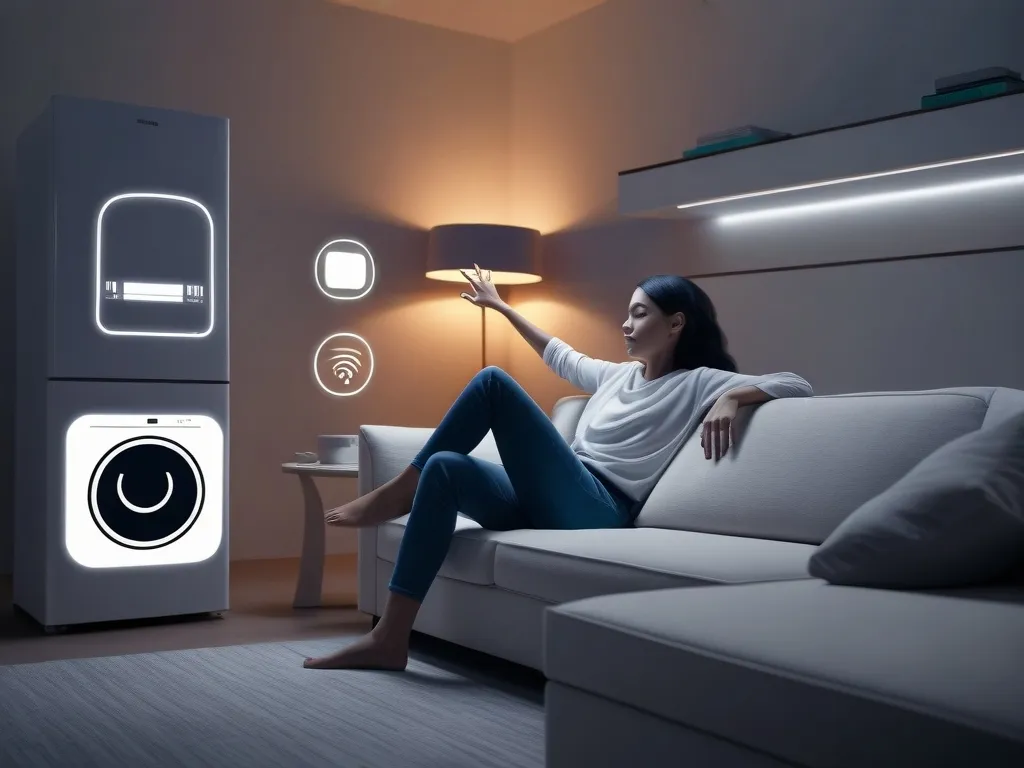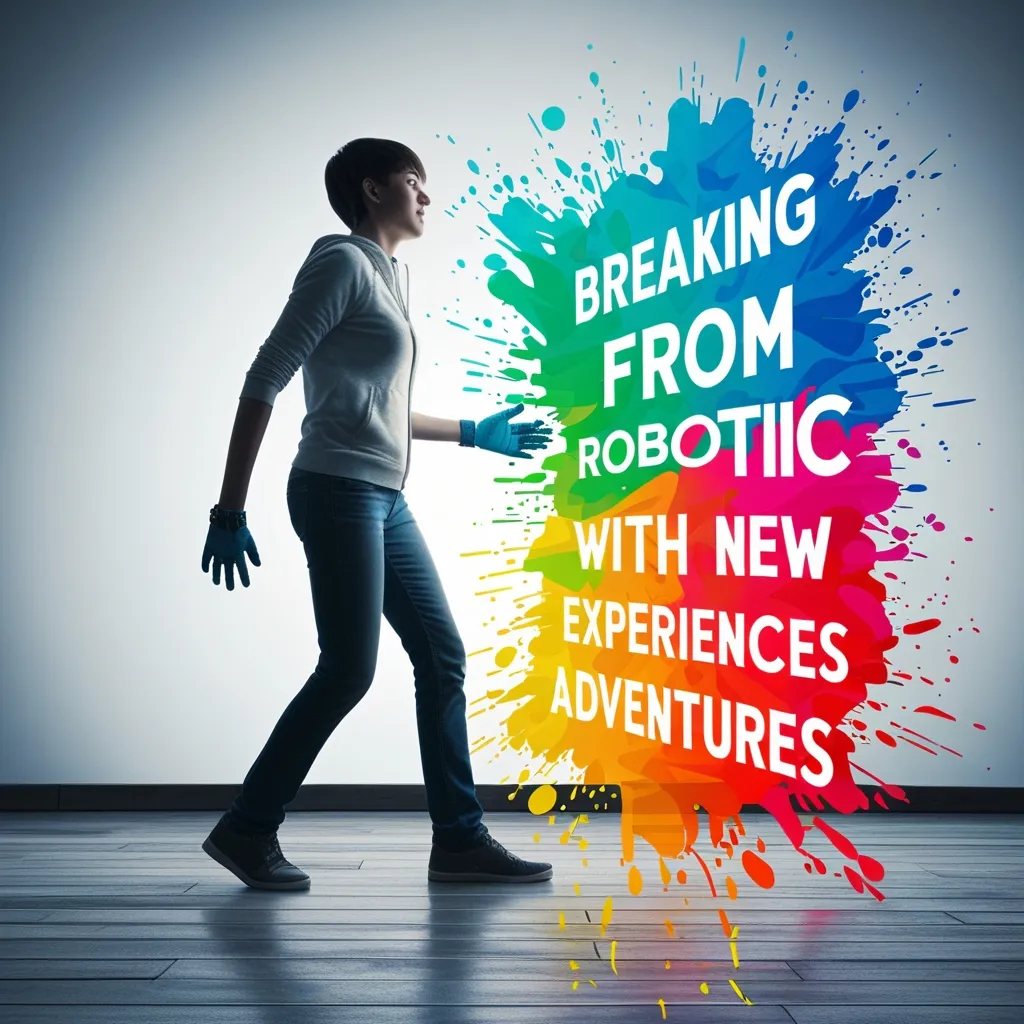Imagine walking into your home and being greeted by an environment that feels almost alive, anticipating your every need and adjusting itself to make your life easier and more comfortable. This isn’t just the realm of science fiction; it’s the future of smart living, powered by neuromorphic computing.
The Brain of Your Home
Neuromorphic computing is inspired by the human brain’s neural networks. It involves creating systems that mimic the brain’s ability to learn, adapt, and respond to stimuli in real-time. In the context of your home, this means every appliance, device, and feature can learn from your daily patterns and moods, making your living space an intuitive and responsive sanctuary.
Edge AI: The Key to Real-Time Responsiveness
At the heart of this technology is Edge AI, which enables real-time data processing directly on devices. This reduces latency and enhances privacy, as sensitive information remains within your local network. For instance, if you’re watching a movie and don’t want to disturb the atmosphere by speaking to a voice assistant, you can simply point at the TV to adjust the volume or turn it off. This gesture recognition, made possible by pose detection using neuromorphic processors like the BrainChip Akida, turns everyday tasks into seamless interactions.
Learning from You
These systems don’t just respond to commands; they learn from your behavior. If you always turn on the lights in the living room at 6 PM, the system will start doing it automatically after a few days. It adjusts lighting based on your circadian rhythms, ensuring the light is softer in the morning and brighter in the evening. This learning process is continuous, so as your habits change, your home adapts with you.
Personalized Comfort
Imagine coming home from a stressful day and walking into a living room where your favorite music is already playing, and the lighting is set to a calming ambiance. This isn’t just luck; it’s your home’s neuromorphic system responding to your stress levels, which it has learned to detect through various sensors and data points. It’s as if your home has developed a sense of empathy, understanding when you need relaxation and when you need energy.
Energy Efficiency and Privacy
One of the significant advantages of neuromorphic computing is its energy efficiency. These systems process data at the edge, meaning they don’t require constant internet connectivity or massive data centers. This not only reduces energy consumption but also enhances privacy, as your personal data stays within your home network. For example, a smart thermostat can learn your temperature preferences without sending this data to external servers, ensuring your comfort and security.
Health and Wellness
Neuromorphic systems can also play a crucial role in health and wellness. They can monitor your movements and posture, providing real-time feedback on your exercise form and performance. If you’re recovering from an injury, these systems can help you with physical therapy by tracking your progress and adjusting the exercises based on your improvement. This personalized approach to health makes your home a supportive environment that helps you stay fit and healthy.
Security and Safety
Security is another area where neuromorphic computing excels. These systems can recognize suspicious behavior in surveillance footage, alerting you to potential threats before they become serious issues. They can also integrate with other smart devices to ensure your home is secure, whether you’re inside or away. For instance, if you forget to lock the door, the system can detect this and send you a reminder or even lock it automatically.
The Future of Home Automation
The integration of neuromorphic computing into home automation is not just about making your home smart; it’s about creating a living ecosystem. This ecosystem learns, adapts, and responds to your needs in a way that feels natural and intuitive. It’s like having a personal assistant that anticipates your every move, but instead of being a separate entity, it’s the very fabric of your home.
Practical Applications
To make this vision a reality, you don’t need to overhaul your entire home. You can start with small steps. For example, you can use a BrainChip Akida Development Kit to create a gesture-based appliance control system. This kit, combined with a webcam and machine learning models, allows you to control your TV, air conditioner, or lights with simple finger-pointing gestures. It’s a project that showcases the potential of neuromorphic computing in making your home more interactive and responsive.
The Leap to Rich Intelligence
The concept of neuromorphic computing also challenges traditional notions of AI development. Instead of starting with simple, insect-like consciousness and gradually moving to more complex forms, neuromorphic systems can leap directly to rich and complex intelligence. This means your home’s AI can understand and respond to your needs in a deeply personalized way from the outset, rather than going through a series of evolutionary steps.
Building Human-Like Intelligence
For these systems to truly mimic human intelligence, they need to build causal models of the world, ground learning in intuitive theories of physics and psychology, and harness compositionality to rapidly acquire and generalize knowledge. This approach ensures that your home’s AI doesn’t just recognize patterns but understands the underlying reasons and context, making it more human-like in its responses.
A Living Sanctuary
In essence, a home infused with neuromorphic computing is more than just a smart home; it’s a living sanctuary. It’s an environment that evolves with you, learns from you, and responds to your needs in a way that feels almost organic. It’s the future of smart living, where technology blends seamlessly into your daily life, making every task easier, more efficient, and more enjoyable.
As you step into this future, you’ll find that your home is no longer just a space; it’s an extension of yourself, a place where technology and nature blend to create an environment that is both comforting and empowering. It’s a world where every device, every feature, and every corner of your home works together to make your life better, one intuitive interaction at a time.






